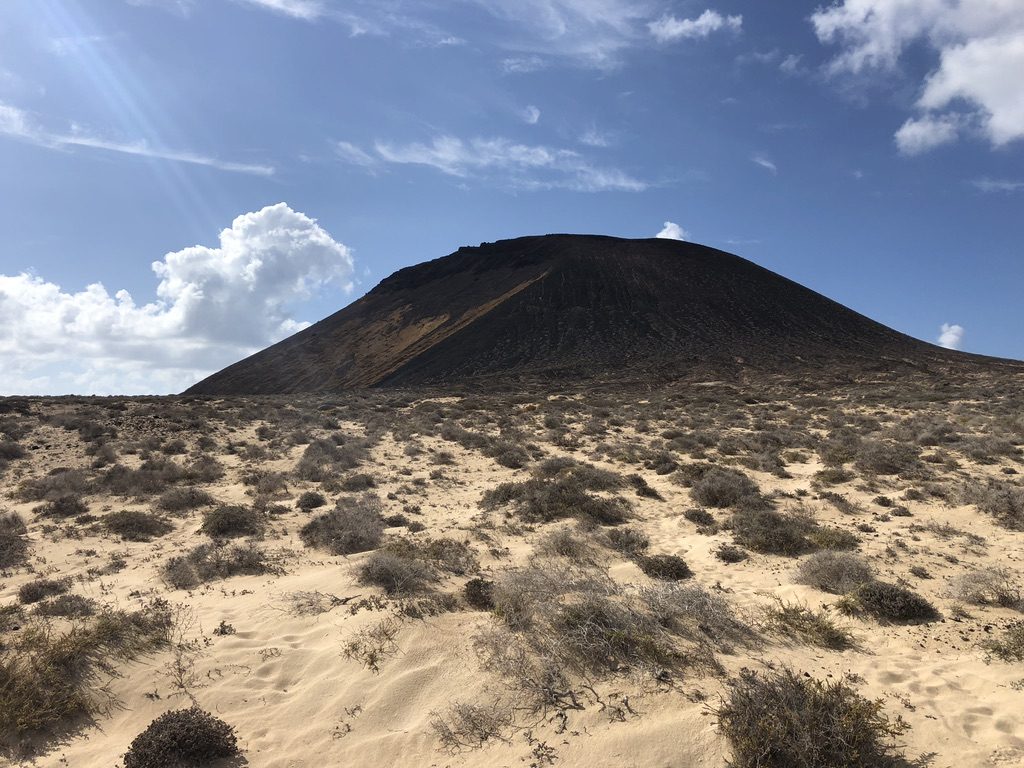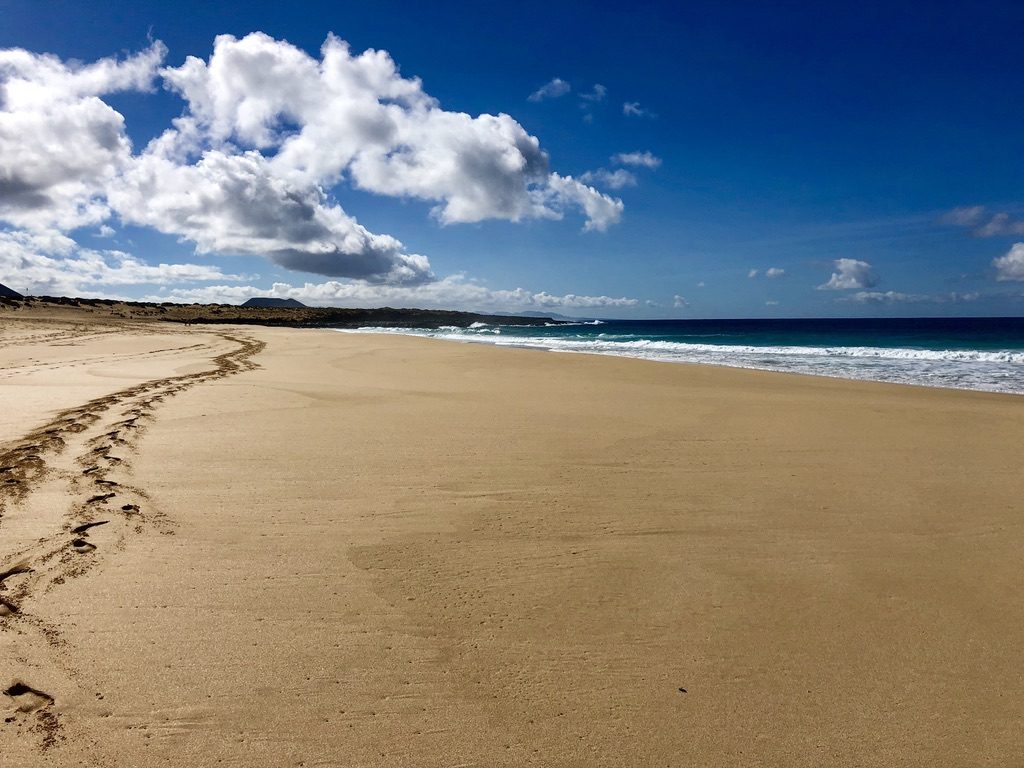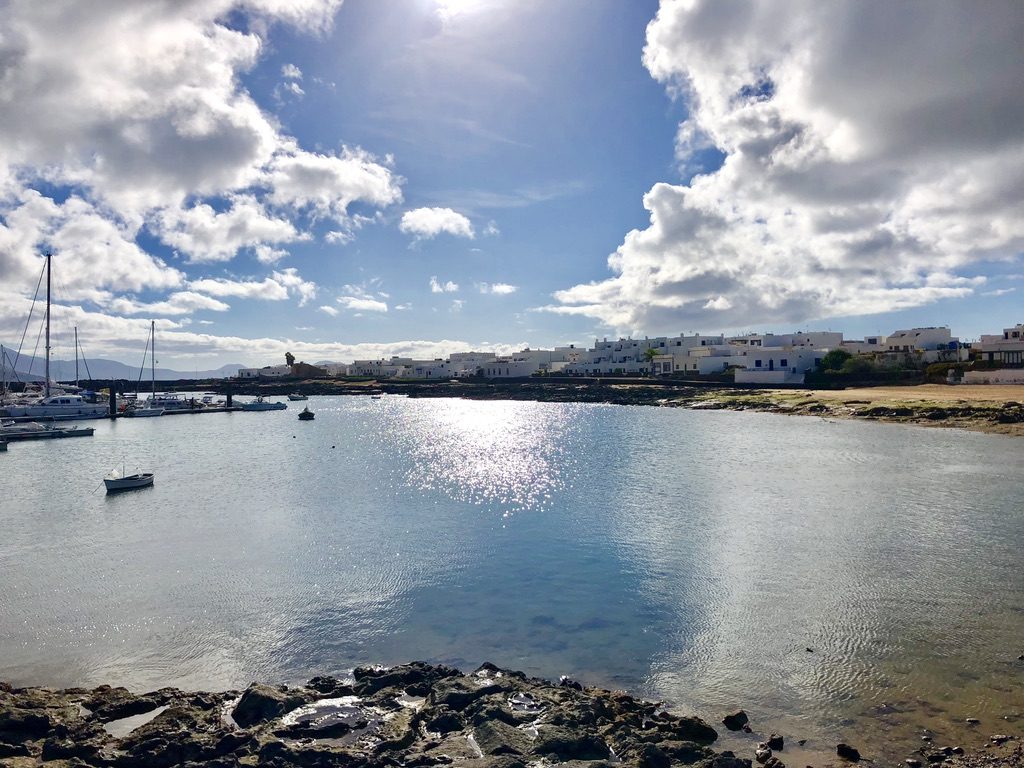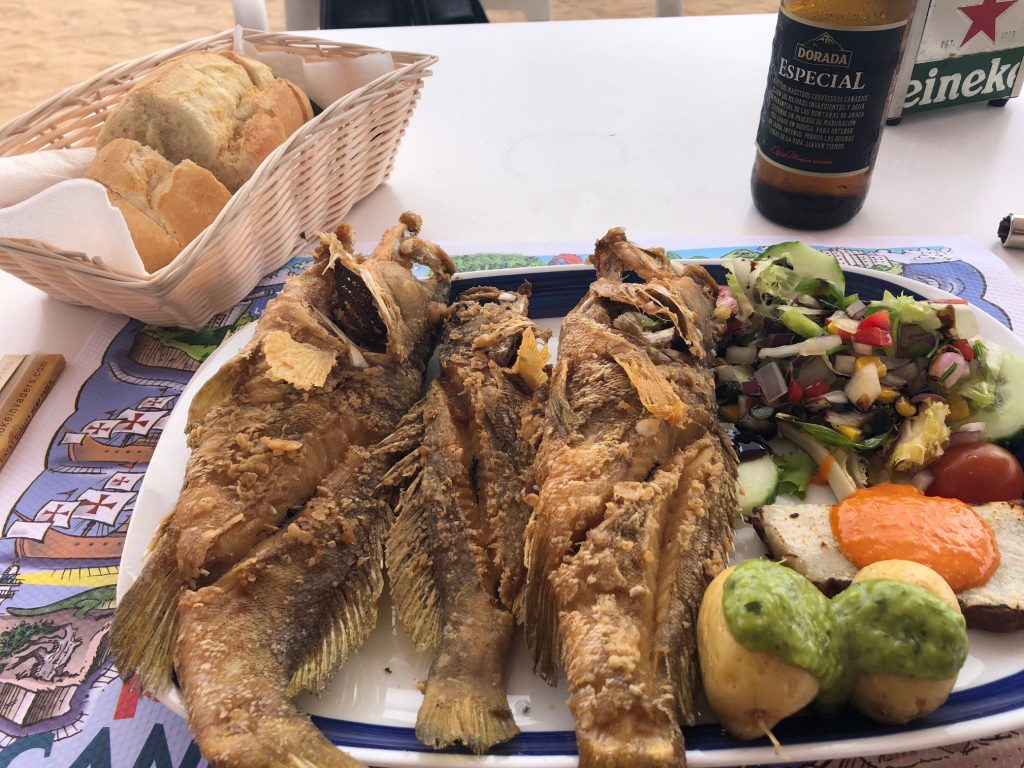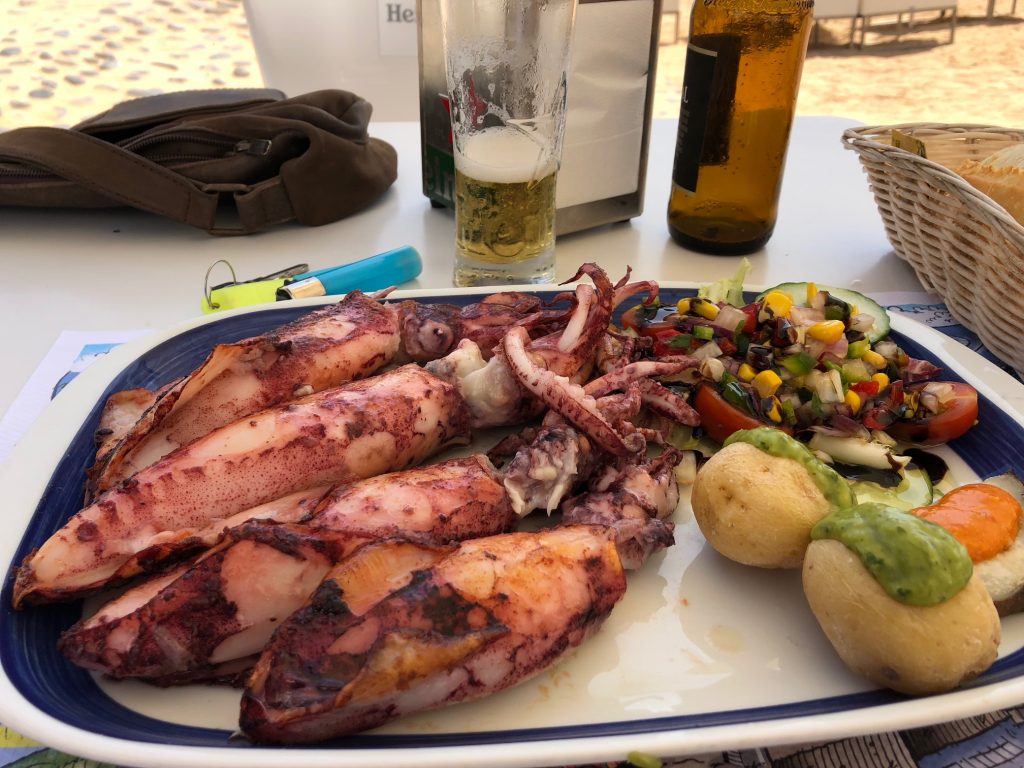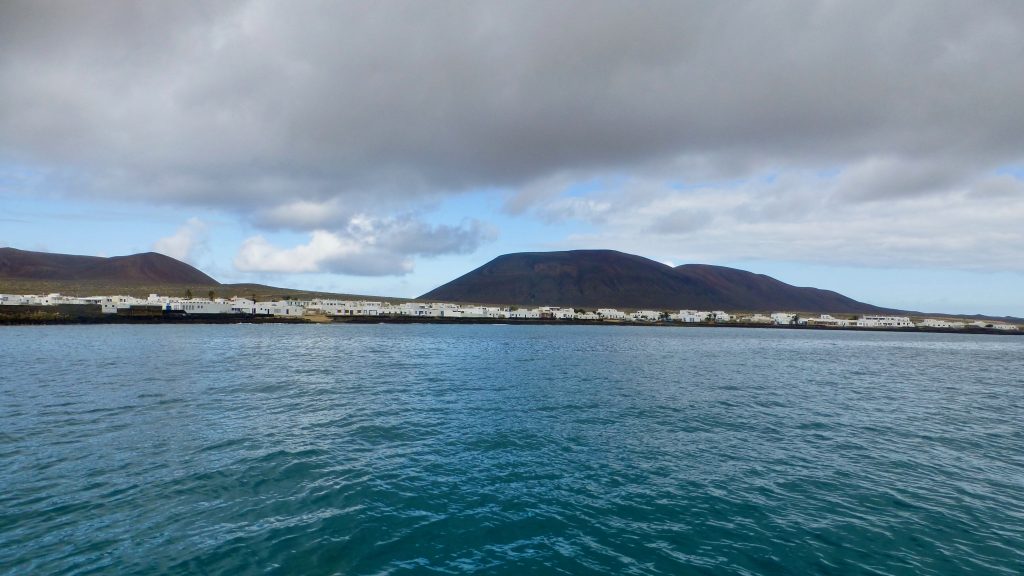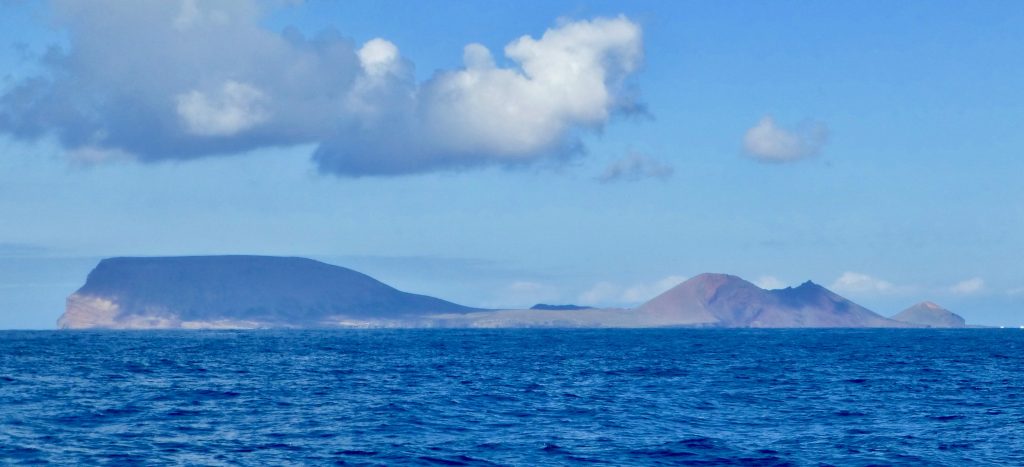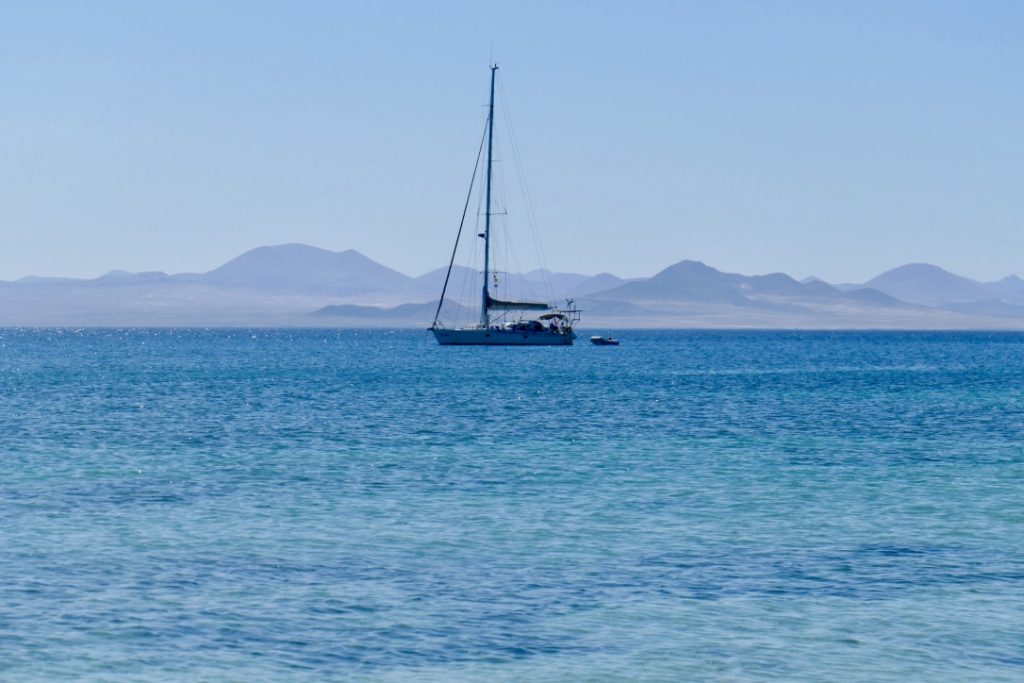The Island
La Graciosa is an island belonging to the province of Las Palmas (Canary Islands, Spain). It is part of the Chinijo archipelago along with the islets of Montaña Clara, Roque del Este, Roque del Oeste and Alegranza, and all of them are part of the municipality of Teguise in Lanzarote. Although, in my opinion, it ends up belatedly obtaining the recognition of an island, that is, it is the eighth Canary Island.
The island economy has been based on tourism for a few decades and all commercial activity revolves around it; lodging offer, restaurants, excursions, passenger transport, bicycle rentals, diving etc. and in a minority it still retains some fishing activity.
La Graciosa is in the northwest of Lanzarote, from which it is separated by an arm of the sea known as El Río. It is also relatively close to the African mainland coast. La Graciosa has about 29 km² in which are the only two towns on the island: Caleta del Sebo (island capital) and Pedro Barba. It is the least populated of the eight inhabited islands and its population is 751 inhabitants1 (in 2017). Except for the urban areas of the two inhabited areas, the rest of the island belongs to the State Heritage, its management being attached to the Autonomous Body of National Parks.
La Graciosa is the largest of the islands and islets that make up the Chinijo Archipelago. To the south, wide sandy beaches predominate, such as those of La Cocina and that of los Franceses. Also on the coast are its two urban settlements: Caleta del Sebo and Pedro Barba. The first is the main population center, while the second is currently uninhabited, there are only temporary residents, especially tourists. Like the rest of the Canary Islands, its origin is volcanic. Its highest peak is Agujas Grandes, at 266 m.
Excursions
From La Graciosa Island you can make excursions to the Islets that belong to the Marine Reserve and admire a beautiful landscape that still remains intact. These excursions usually stop at one of the fabulous beaches where we can marvel at its underwater resources, or do any of the various activities they offer us.
Excursions usually include lunch, which can be an energetic and succulent paella accompanied by a refreshing sangria or a typical dish from the Island. These excursions will undoubtedly offer us the possibility of seeing other views of the less accessible Islets that are absolutely amazing.









